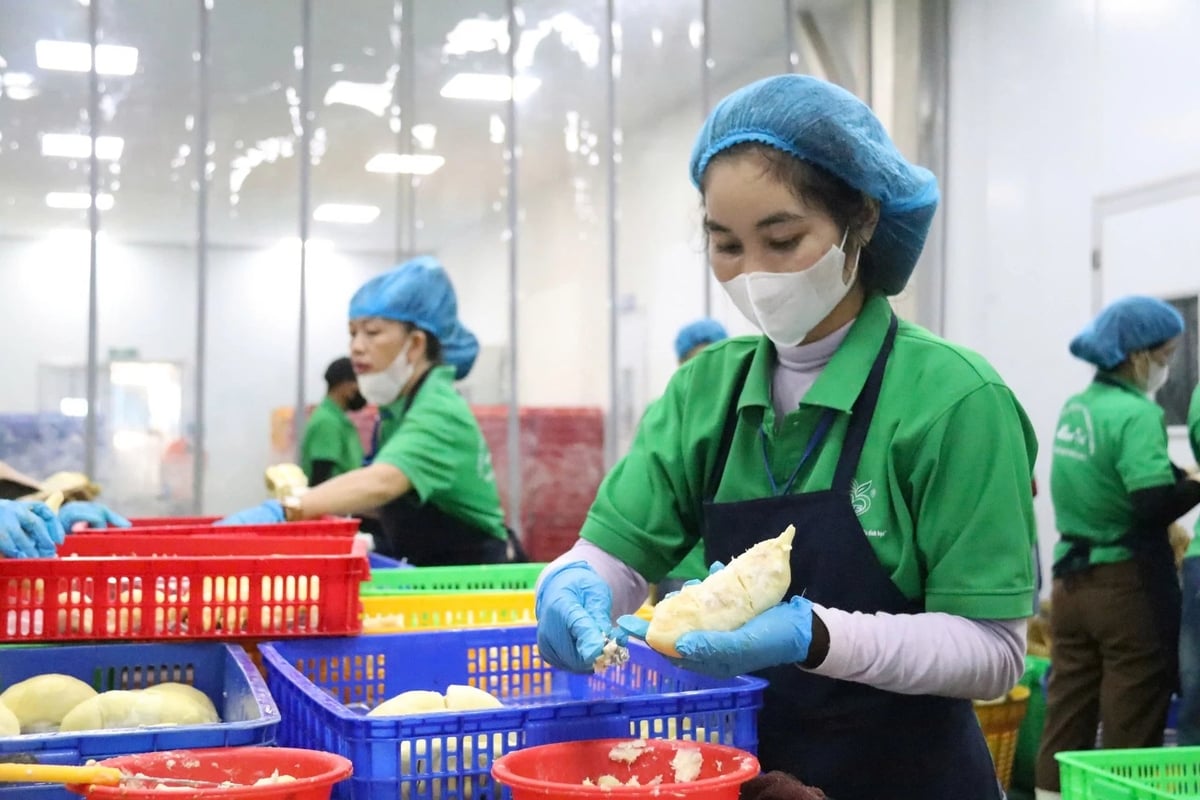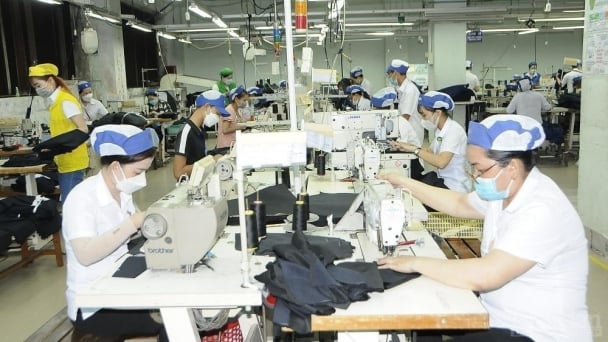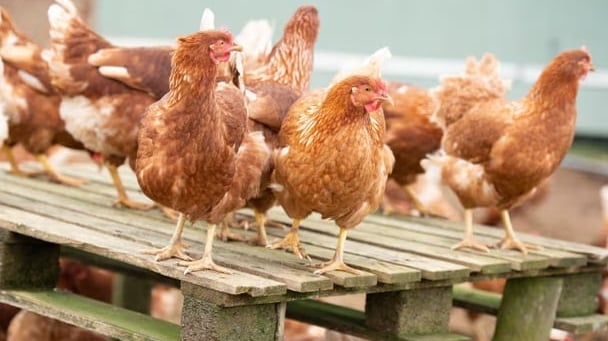May 18, 2025 | 01:46 GMT +7
May 18, 2025 | 01:46 GMT +7
Hotline: 0913.378.918
May 18, 2025 | 01:46 GMT +7
Hotline: 0913.378.918
According to the Vietnam Fruit and Vegetable Association (VINAFRUIT), fruit and vegetable exports in March were estimated at $421 million, down 10.5% compared to the same period last year. This marks the third consecutive month of declining export turnover, in stark contrast to 2024 when the industry surged from the beginning of the year and maintained strong growth throughout all 12 months.
Accumulated over the first 3 months of 2025, fruit and vegetable exports reached only $ 1.1 billion, a 13.2% decrease compared to the same period last year.
Explaining the cause of this decline, Dang Phuc Nguyen, General Secretary of the Vietnam Fruit and Vegetable Association, stated that durian exports had dropped sharply in the early months of the year. Currently, the Chinese market is inspecting 100% of durian shipments entering the country for residues of Auramine O and cadmium. Meanwhile, Vietnamese exports are only tested based on a sampling rate. When the goods arrive at the Chinese border, they are re-tested, and if they fail to meet the standards, they are sent back. This has made it difficult not only for fresh durian but also for frozen durian products, discouraging many businesses from entering the market.

Vegetable exports down 13.2% compared to the same period last year.
To boost fruit and vegetable exports in 2025, Nguyen suggested that in addition to China, businesses should expand exports to other markets such as the United States, Japan, and South Korea.
In reality, during the first two months of 2025, fruit and vegetable exports to the United States continued to increase by 65.5% compared to the same period in 2024, highlighting the opportunity for Vietnamese produce to expand in the U.S. market.
Besides the U.S., East Asian countries such as South Korea and Japan also present significant potential. In 2024, South Korea imported $315 million worth of fruits and vegetables from Vietnam, a 39% increase, making it Vietnam's third-largest market after China and the U.S.
According to Nguyen, among Vietnam's ten largest fruit and vegetable export markets, East Asia has more advantages compared to the U.S. The closer geographical distance shortens transportation time, reduces logistics costs, and enables faster response to consumer demand. These are key factors that favour Vietnam’s fruit and vegetable exports to this region.
$ 1 = VND 25.370 - Source: Vietcombank.
Translated by Hoang Duy

(VAN) In the face of counterfeit and imitation products, Khanh Hoa Salanganes Nest Company hopes for the prompt completion of the legal framework, strict enforcement against violations, and protection of the bird’s nest brand.

(VAN) Japan's efforts to lower the price of rice through the release of its stockpile may finally be making some progress, albeit at a snail's pace.

(VAN) U.S. tariffs are not only a 'shock', but also an opportunity for Vietnamese businesses to renew their mindset toward comprehensive development.

(VAN) As Bac Giang lychee enters the harvest season, Minister Do Duc Duy expects that the fruit will contribute greatly to agricultural exports due to standardized production and deep processing.

(VAN) Consumers have shown a preference for free-range eggs, but those farming systems are more vulnerable to biosecurity risks like bird flu.
/2025/05/09/5701-1-184335_301.jpg)
(VAN) Vietnam’s eel exports nearly doubled thanks to a mud-free farming model, opening up new prospects while still facing numerous barriers related to international standards.

(VAN) Minister Do Duc Duy warned that if production is not professionalized and supply chains are not transparent, the U.S. market could become a growth bottleneck.